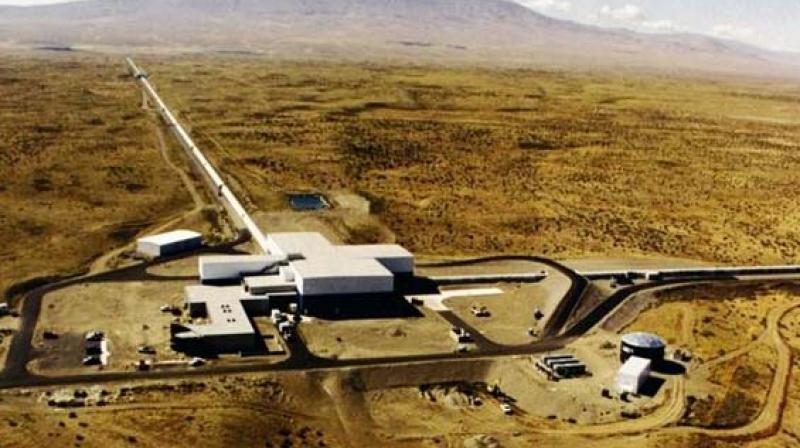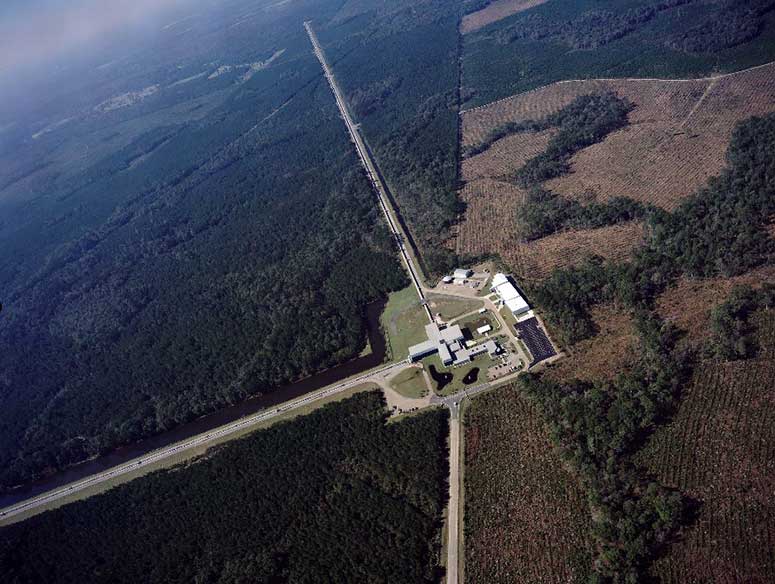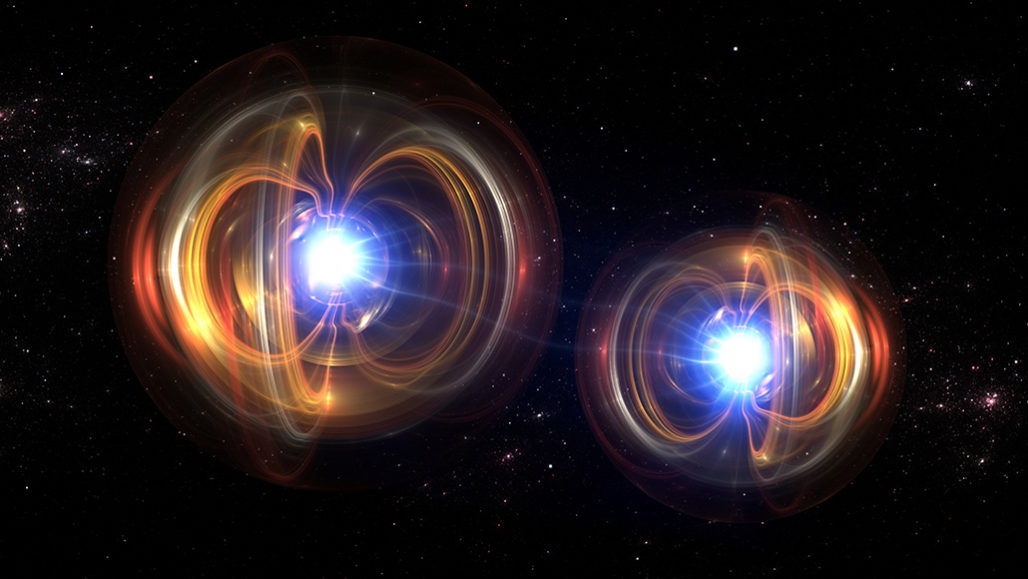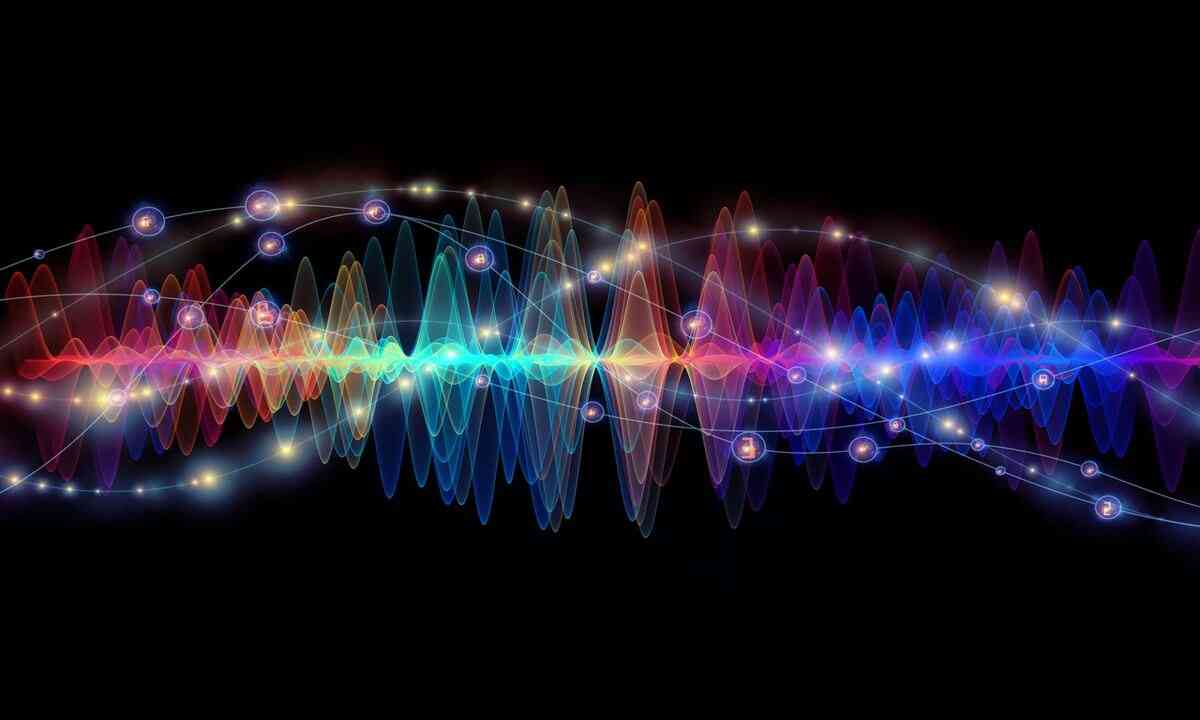A proposal to construct a cutting-edge gravitational-wave detector in Maharashtra for an estimated cost of Rs 2,600 crore was approved by the Union Cabinet on Thursday. By 2030, the facility's construction is expected to be finished.
By building it, "Indian S&T will jump frog in various state of the art boondocks of extraordinary public significance, specifically quantum-detecting and metrology," Tarun Souradeep, head of the Raman Exploration Organization, Bangalore, and previous representative (study) of LIGO-India, stated.
It will take place in the Hingoli district, where 174 acres of land have been acquired, as stated by Union minister Jitendra Singh. The third of its kind, it will be built in accordance with the exact specifications of the Laser Interferometer Gravitational-wave Observatories (LIGO) in Louisiana and Washington, both in the United States. LIGO-India will collaborate with them.

A group of Indian research institutions, American observatories, and a number of international partners are working together on the project. In February 2016, the project had received preliminary approval from the Indian government. Since then, the project's proponents have chosen a detector site that must be flat and free of seismic activity; descripting it; and making plans for the observatory
The LIGO instrument is a huge L-shaped device. The "L" has 4 km of length in each arm. Each arm receives two simultaneous laser pulses that bounce off a mirror at the end to return to the vertex. Whether the pulses return simultaneously is determined by a detector.
The pulses are a little out of time as a gravitational wave passes through the detector. Gravitational waves are detected, recorded, and studied using this and other signals. The properties of combining dark openings can be determined from the underlying piece of the sign waveform.

The beginning of the signal waveform can be used to calculate the properties of merging black holes. Gravitational waves are transmitted by exceptionally monstrous articles in the universe in outrageous conditions, for example, when dark openings impact. Gravitational waves can be used to investigate the gravitational characteristics of the source, just as light emitted by an object can be used to investigate its electromagnetic properties.
To better triangulate the location of a source in the sky, a third observatory is required, even though two LIGOs can study gravitational waves. A more ideal arrangement requires four observatories to record a similar wave. In order to accomplish this, researchers are constructing and upgrading detectors in Japan and Italy.
With a memorandum of understanding with the U.S. National Science Foundation and a number of national and international research institutions, the Departments of Atomic Energy and Science and Technology will construct LIGO-India. The lab will receive approximately Rs 560 crore in key components from the United States.

According to Dr. Souradeep, "The LIGO-India Observatory will enable the dramatic astronomy and astrophysics returns eagerly anticipated from the global network of LIGO Gravitational wave detectors in the coming decade."
A proposal to construct an advanced gravitational-wave detector in Maharashtra for an estimated cost of Rs 2,600 crore was approved by the Union Cabinet. By 2030, the facility's construction is expected to be finished.
The third of its kind, it will be built in accordance with the exact specifications of the Laser Interferometer Gravitational-wave Observatories (LIGO) in Louisiana and Washington, both in the United States. LIGO-India will collaborate with them.
A group of Indian research institutions, American observatories, and a number of international partners are working together on the project.
©️ Vygr Media Private Limited 2022. All Rights Reserved.
























